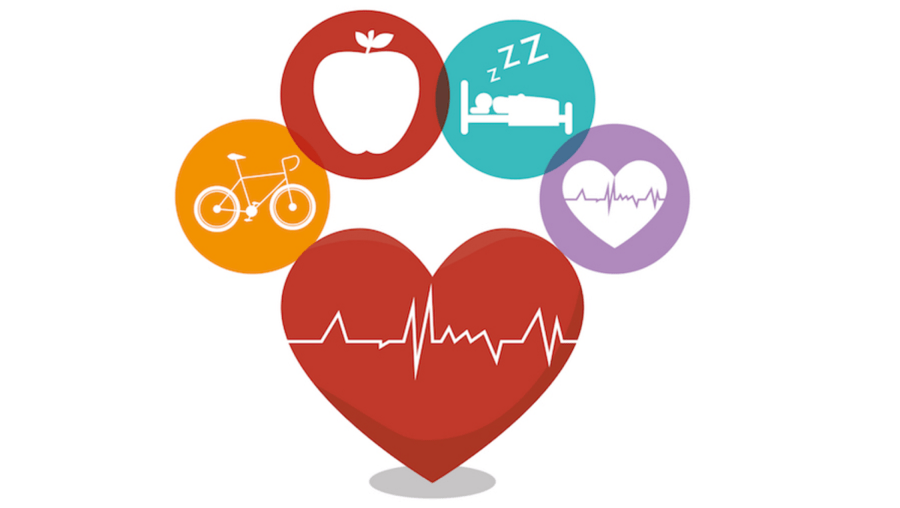Preventing Burnout: 15 Strategies for Achieving Work-Life Balance
In contemporary society, characterized by heightened demands and pervasive pressure to achieve, burnout poses a significant threat to individual well-being. This phenomenon, defined by emotional, physical, and mental exhaustion resulting from prolonged or excessive stress, necessitates proactive strategies for mitigation. This article explores fifteen evidence-based strategies grounded in established psychological and organizational behavioral models to prevent burnout and foster a balanced, fulfilling life, leveraging concepts such as self-efficacy, stress management, and resilience theory.
1. Cultivating Self-Compassion: A Cornerstone of Resilience
Self-care, often misinterpreted as self-indulgence, is paramount for psychological resilience. This involves consciously engaging in activities that promote well-being, such as mindfulness meditation, restorative practices, or engaging in hobbies, thereby replenishing depleted energy reserves and fostering coping mechanisms. This aligns with the self-compassion model, emphasizing self-kindness, common humanity, and mindfulness in navigating challenges.
2. Establishing Healthy Boundaries: Protecting Personal Resources
Effective boundary setting is crucial for preventing resource depletion. Overcommitment, a common antecedent to burnout, can be mitigated by strategically declining extraneous commitments. This approach, informed by boundary theory, empowers individuals to prioritize self-care and manage energy resources effectively, preventing resentment and fostering a sense of control.
3. Strategic Breaks: Optimizing Performance Through Recuperation
Regular breaks are not mere distractions; they are essential for maintaining optimal cognitive function and preventing task-induced fatigue. Short restorative pauses, incorporating micro-breaks and mindful moments, can enhance attention and focus. This aligns with the principles of workload management and the restorative model of work-rest cycles, ensuring sustained performance and preventing burnout.
4. Prioritizing Sleep Hygiene: Fundamental to Physical and Cognitive Health
Adequate sleep is non-negotiable for optimal physical and cognitive functioning. Establishing a consistent sleep schedule promotes circadian rhythm regulation, enhancing mood, cognitive performance, and overall well-being. Sleep deprivation is a significant contributor to burnout, emphasizing the need for prioritizing sufficient sleep.
5. Mindfulness and Stress Reduction Techniques: Cultivating Inner Calm
Mindfulness practices, such as meditation and deep breathing exercises, are powerful tools for stress reduction and emotional regulation. These techniques enhance self-awareness and emotional resilience, facilitating adaptive coping strategies in response to stressors, aligning with the principles of cognitive behavioral therapy and stress inoculation training.
6. Time Management Strategies: Effective Task Prioritization
Effective time management, incorporating techniques like time blocking and the Eisenhower Matrix (urgent/important), allows for efficient task prioritization, preventing feelings of overwhelm and enhancing productivity. This structured approach promotes a sense of control and reduces stress associated with unmanaged workloads.
7. Nurturing Social Support Networks: Leveraging Relational Resources
Strong social support networks buffer against the negative effects of stress and contribute to resilience. Cultivating meaningful relationships provides emotional sustenance, understanding, and practical assistance during challenging periods, enhancing coping abilities and mitigating burnout risk.
8. Engaging in Physical Activity: Promoting Physical and Mental Well-being
Regular physical activity is not merely beneficial for physical health; it acts as a powerful stress reliever and mood enhancer. Exercise releases endorphins, promoting feelings of well-being and reducing the physiological impact of stress, promoting both physical and mental resilience.
9. Digital Detoxification: Reclaiming Attentional Resources
Scheduled disconnection from digital devices and social media is essential for mental clarity and stress reduction. This allows for mindful engagement in present-moment activities, enhancing relaxation and reducing cognitive overload associated with constant digital stimulation.
10. Continuous Personal and Professional Development: Fostering Engagement and Growth
Engaging in continuous learning, through activities such as reading, attending workshops, or pursuing new skills, combats boredom and fosters a sense of accomplishment, preventing stagnation and enhancing overall life satisfaction.
11. Nutritional Well-being: Sustaining Energy and Vitality
A balanced diet, rich in essential nutrients, provides sustained energy and supports optimal physical and cognitive functioning. Proper nutrition underpins both physical and mental resilience, enabling individuals to cope effectively with demands.
12. Scheduled Downtime: Rejuvenation and Recuperation
Dedicated downtime, scheduled for relaxation and leisure activities, is crucial for preventing burnout and promoting overall well-being. This intentional respite allows for rejuvenation and prevents accumulation of stress.
13. Strategic Vacation Planning: Promoting Disengagement and Rejuvenation
Regular vacations and extended breaks from work are essential for disengagement from occupational stressors and promoting complete rejuvenation. These periods facilitate a reset, enhancing subsequent productivity and overall well-being.
14. Cultivating Gratitude: Shifting Perspective and Enhancing Well-being
Practicing gratitude, focusing on positive aspects of life, shifts attention towards positive emotions, fostering resilience and enhancing overall well-being. This perspective shift promotes a more optimistic outlook and reduces the impact of stressors.
15. Seeking Professional Support: Accessing Specialized Guidance
Seeking professional assistance from mental health professionals is a sign of strength, not weakness. Specialized guidance provides personalized strategies for stress management and promotes effective coping mechanisms, improving well-being and preventing chronic stress.
Conclusion and Recommendations
Preventing burnout requires a multi-faceted approach encompassing proactive strategies addressing both individual well-being and organizational factors. The integration of the aforementioned strategies, grounded in established psychological models, offers a comprehensive framework for mitigating burnout risk. Future research should investigate the interplay of individual coping mechanisms and organizational factors in preventing burnout, potentially utilizing longitudinal studies and mixed-methods approaches. Furthermore, interventions targeting specific organizational factors, such as workload management and leadership styles, are necessary for creating a supportive work environment that promotes employee well-being. The widespread adoption of these preventative measures holds significant implications for enhancing individual productivity, improving employee retention, and fostering a healthier and more engaged workforce.
Reader Pool: Considering the presented strategies, what additional organizational interventions do you believe would be most effective in creating a workplace culture that prioritizes employee well-being and actively prevents burnout?




No comments yet. Be the first to share your thoughts!